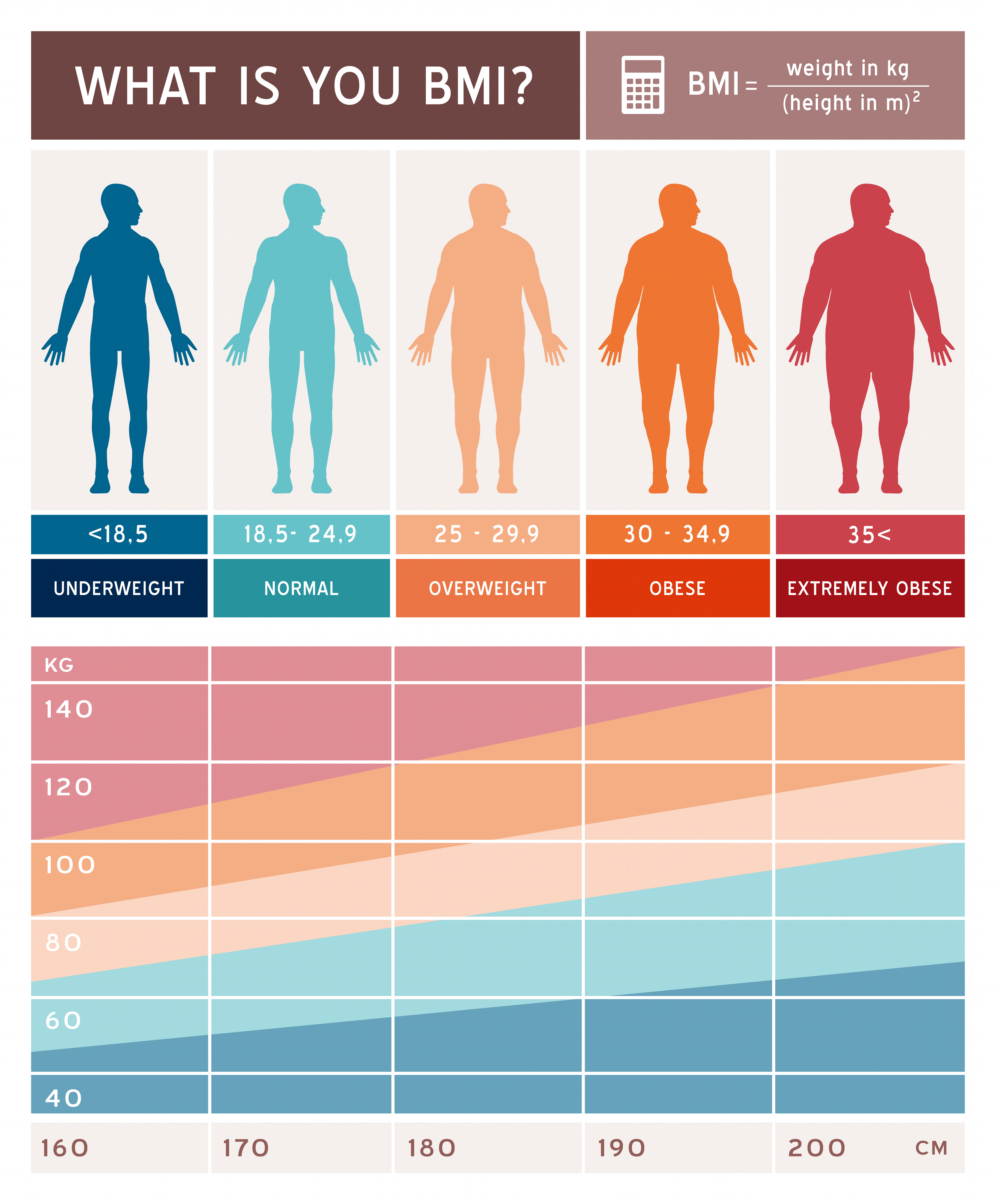The BMI coefficient, calculated from the appropriate formula, is intended to indicate normal body mass. This indicator is only used in adults. Is it more important for the exercisers? What exactly is it? How to calculate it? Why is it such a popular hint for body mass? BMI factor - is it needed at all? Check in the article.
What is the BMI indicator?
BMI (from the English Body Mass Index, or the Quetelet II index) is colloquially used to calculate normal body mass. It is a fairly simple formula to calculate and to read - it contains certain regularities that must be followed.
The BMI index is the result of the work of two doctors of the American Ancel Keys and the Belgian Belgian Quatetet. The latter wanted to eliminate numerous deaths in various countries, which is why he conducted a series of studies that aimed to estimate the pattern of the average person.
In his many years of research, he noticed some interdependence between the height and weight of the examined people.
Thanks to this observation he composed a pattern that is now known as the BMI index.

What is BMI for today? The indicator is used to determine, among others
- underweight
- overweight
- and related diseases such as anorexia, atherosclerosis, diabetes, heart disease
Although its clinical application is the most important, it is often used by dieticians. Is it right? We will try to fix it. However, you need to know that the BMI is not accurate.
- This meter does not recognize the individual body structure of every human being.
- It does not take into account the level of body fat or muscle mass, which is different in every person.
- It only accounts for overall body weight and height.
The bodybuilder is a simple and most accurate example - a well-built man with very low body fat and high muscle mass. The BMI of such a unit will be very high, indicating overweight. In a similar situation are tall, slim people, as well as those with an athletic build. In their case, BMI indicates a strong underweight. It is strange at the moment when in both cases people lead an active lifestyle. In such a case, is the BMI indicator meaningful for those training in the gym? Of course not.
How to calculate BMI?
Formula for BMI
The formula for BMI is really very simple. All you need to do is know your body weight and divide it by your height (in meters), squared
BMI = body mass (kg) / height x height (meter)
BMI table
There are two classifications of the BMI value range. There is a basic version (which is general and not very precise), as well as an extended version.
BMI table - basic version

For BMI with value
<18.5 - underweight
18.5 - 24.99 - correct value
≥ 25 - overweight
BMI table - extended version
For BMI with value
<16.0 - starvation
16.0 - 16.99 - wake-up (often caused by severe illnesses, e.g. anorexia)
17.0 - 18.49 - underweight
18.5 - 24.99 - correct value
25.0 - 29.99 - overweight
30.0 - 34.99 - I degree of obesity
35.0 - 39.99 - II degree of obesity (clinical obesity)
≥ 40.0 - II degree of obesity (extreme obesity)
Who should calculate BMI?
This indicator can be used by everyone. It is:
- simple to calculate
- easy to read
It is used in both dietetic, training and medical practice. The downside is that its result is not always adequate for the body structure of a given person.
Who is the BMI indicator for? A more reliable result of the BMI formula will be people who are not athletes and lead a typical lifestyle, including they do not build great muscle mass. It rarely works, for example, with very active and training in the gym. Pregnant women also should not use this formula.
BMI factor - is it needed at all?
BMI is needed at all? This indicator is not always reliable because it does not take into account the individual body structure. For people strength training - definitely not. However, anyone willing can do it themselves and check the result. It is worth remembering that there are many other methods that will help in defining the structure of your body in a better and more accurate way, or will help eliminate possible ailments and diseases.
For the determination of more serious diseases, or overweight or underweight, not only this indicator is used. Systematic examinations, medical visits or personal feelings can sometimes prove more effective than the final results of the BMI. It is true that some abnormalities can be detected during BMI. However, in many cases it is enough to change the lifestyle so that everything returns to normal.






